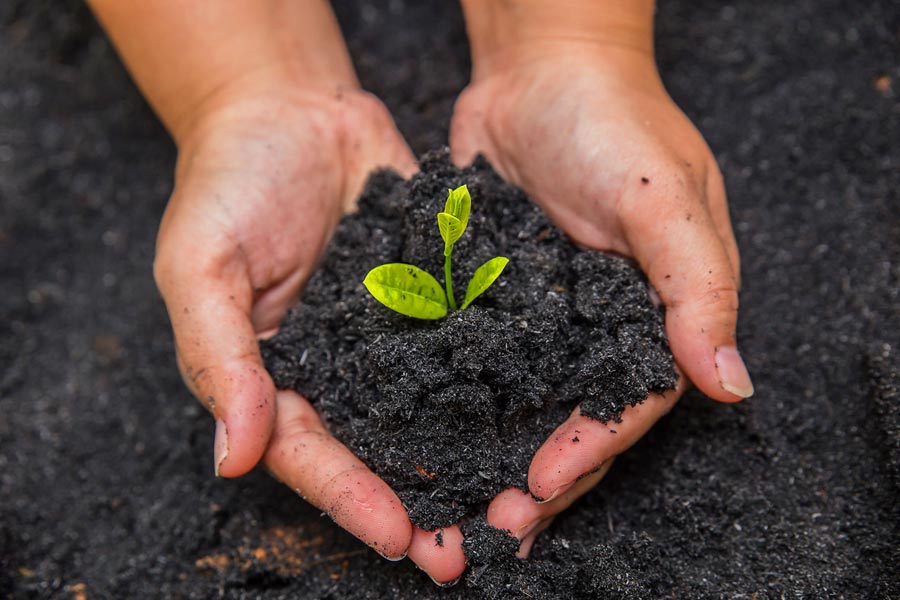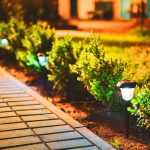Think of soil as the bustling city beneath our feet, where every speck plays a vital role in fostering the lush landscapes above. Just as a skyscraper needs a solid foundation to soar, plants rely on healthy soil to flourish. Today, we dive deep into the art and science of cultivating the perfect soil environment, ensuring your garden not only survives but thrives.
Understanding Soil Health
Soil isn’t just dirt—it’s a living, breathing community. Composed of minerals, organic matter, air, and water, each component is essential to plant health. Whether your garden sits on clay, which holds nutrients like a tight fist, or sand, which lets them slip through its loose fingers, knowing your soil type is the first step to understanding what your garden needs to succeed.
Assessing Your Soil
Why guess when you can test? Soil testing is like giving your garden a checkup. It reveals pH levels and nutrient content, crucial factors that influence plant health. Here’s how you do it: scoop up a sample and send it off to a lab. When the results come back, you’ll have a roadmap for what your soil needs and how to adjust your gardening tactics accordingly.
Improving Soil Quality
Is your soil tired? Perk it up with organic matter like compost or manure. These goodies not only feed your soil but improve its structure, making it easier for roots to spread out. Need to tweak your soil’s pH? Whether it’s more acidity or alkalinity, there’s an amendment for that. Don’t forget about mulch—nature’s blanket that keeps moisture in, regulates soil temperature, and keeps those pesky weeds at bay.
Sustainable Soil Practices
Rotate your crops; it’s like giving your soil a well-rounded diet that keeps it strong and resilient. Consider cover crops—a gardener’s secret weapon that guards against erosion, pests, and weeds, all while beautifying your garden year-round. And remember, treat your soil gently; avoid over-tilling, which can disrupt the soil’s community and compact its structure.
Common Soil Problems and Solutions
Feeling the squeeze? Compacted soil doesn’t let water, air, or roots move freely. Aerate your soil to open it up and breathe life back into your garden. Got waterlogged beds? Improve drainage by adding organic matter or installing a simple drainage system. If your soil test shows a nutrient deficiency, we’ve got the fix—whether it’s a sprinkle of this or a handful of that.
Maintaining Soil Health
Keep those soil tests coming. Regular check-ups will help you stay on top of your soil’s health, making adjustments as needed. Embrace organic practices—they’re not just good for your plants, but for the whole ecosystem in your garden.
Conclusion
Great gardens begin with the ground beneath them. By mastering the science of soil health, you’re laying the foundation for a thriving garden that will delight and nourish for years to come. Remember, every plant’s success starts with the soil it calls home.
Ready to turn your garden into a paradise? Swing by LTD Nursery Landscaping for expert advice, premium soil enhancers, and personalized soil assessment services. Or why not share your soil success stories with us? Let’s grow this community garden together!



